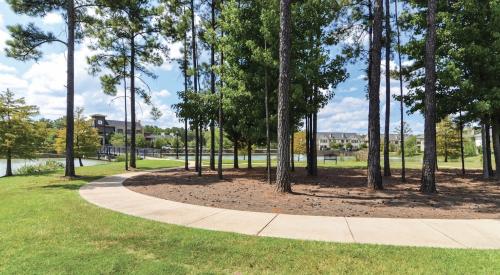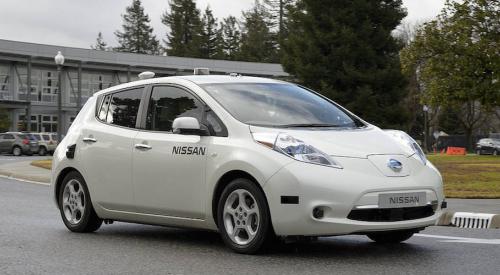| Intermodal warehouse and distribution centers will be at the center of distribution webs that will end at individual homes, businesses and neighborhood pick up centers.
|
Speculation about how the growth of the Internet will affect communities of the future runs in many directions. Some experts see a de-emphasis of urban areas as work and interest group activity shifts online. When people can live anywhere they will disburse, the theory goes. Others see a continuation of the back-to-the-city trend where people are freed to live nearer to a vibrant cultural life. Transportation expert Michael D. Meyer of Georgia Tech, however, looks at the question in terms of e-commerce and the growing need for efficient distribution systems.
The recent partnership announcement by FedEx and the U.S. Postal Service will be the first of many, Meyer says. It confirms his theory that as the volume of small-package delivery dramatically rises, there will be more cooperation among competing package delivery organizations to share distribution costs. And as this need for efficient distribution grows, land planning, he says, will be impacted in several ways.
First, demand for land near airports will continue to go higher as hundreds of "intermodal" shipping centers like the one FedEx pioneered in Memphis become hubs in distribution webs. Traditional distribution was more linear in nature. Second, the need for a "reliable" transportation infrastructure will grow, creating a tier-structure of towns, villages and cities based on the condition of roads, bridges and highways. Perhaps most interesting to builders will be the emergence and ubiquity of "neighborhood distribution centers," says Meyer who holds a Ph.D. in civil engineering.
If he is right, residents of communities of the future will expect to either walk or conveniently park in a centralized place where United Parcel Service, FedEx, DHL and other delivery companies will cooperatively allow for package pick up. It will be a second post office where more timely package delivery can be arranged or for occasions when no one is at an address to accept deliveries. It will be a Mail Boxes Etc., without the service fees.
One of the first neighborhood package centers of its kind is presently under construction in Trenton, N.J., where it will be part of a mixed-use redevelopment of its commuter rail station. That facility is expected to open in August when construction is complete.
"The package delivery people are working on this seriously," notes Meyer. "Instead of taking packages back to warehouse facilities, the trucks will just drop them off at places like this commuter station. People will go there to pick up deliveries or if they take the train, pick up their packages on their way home at night."
Transportation Planners
From an overall planning perspective, Meyer’s message is the increasing importance of the work of local transportation planning officials. Over the years, these individuals have absorbed layers of new objectives that form a "wedding cake" of requirements -- the latest being some of the principles of Smart Growth.
"Under Smart Growth, there are all sort of transportation tools now being put in use," says Meyer, "neighborhood traffic calming, community sensitive automobile patterns, and providing a diversity of transportation modes -- from rail to the needs of cars with alternative fuel sources."
If he is right, the Internet is pushing us in unexpected directions and at the same time will speed us toward ideas that have existed for years, like electric fuel cells in cars. Someday public parking spots at new neighborhood distribution centers will include plugs to charge electric cars.











